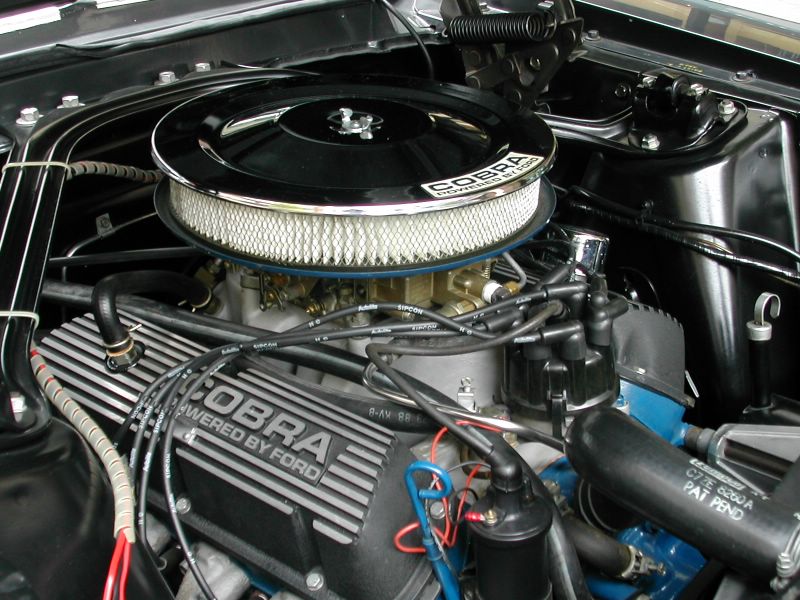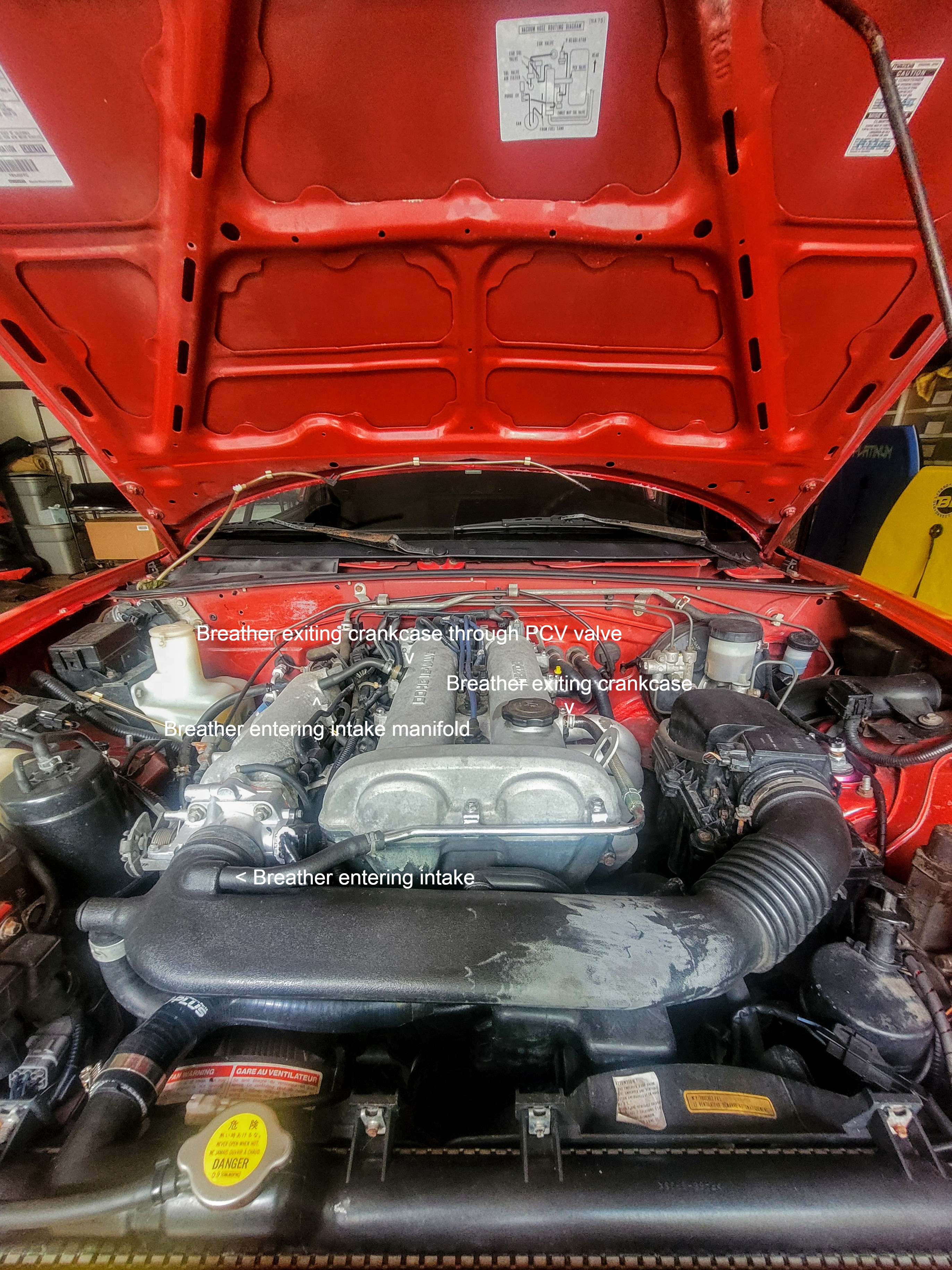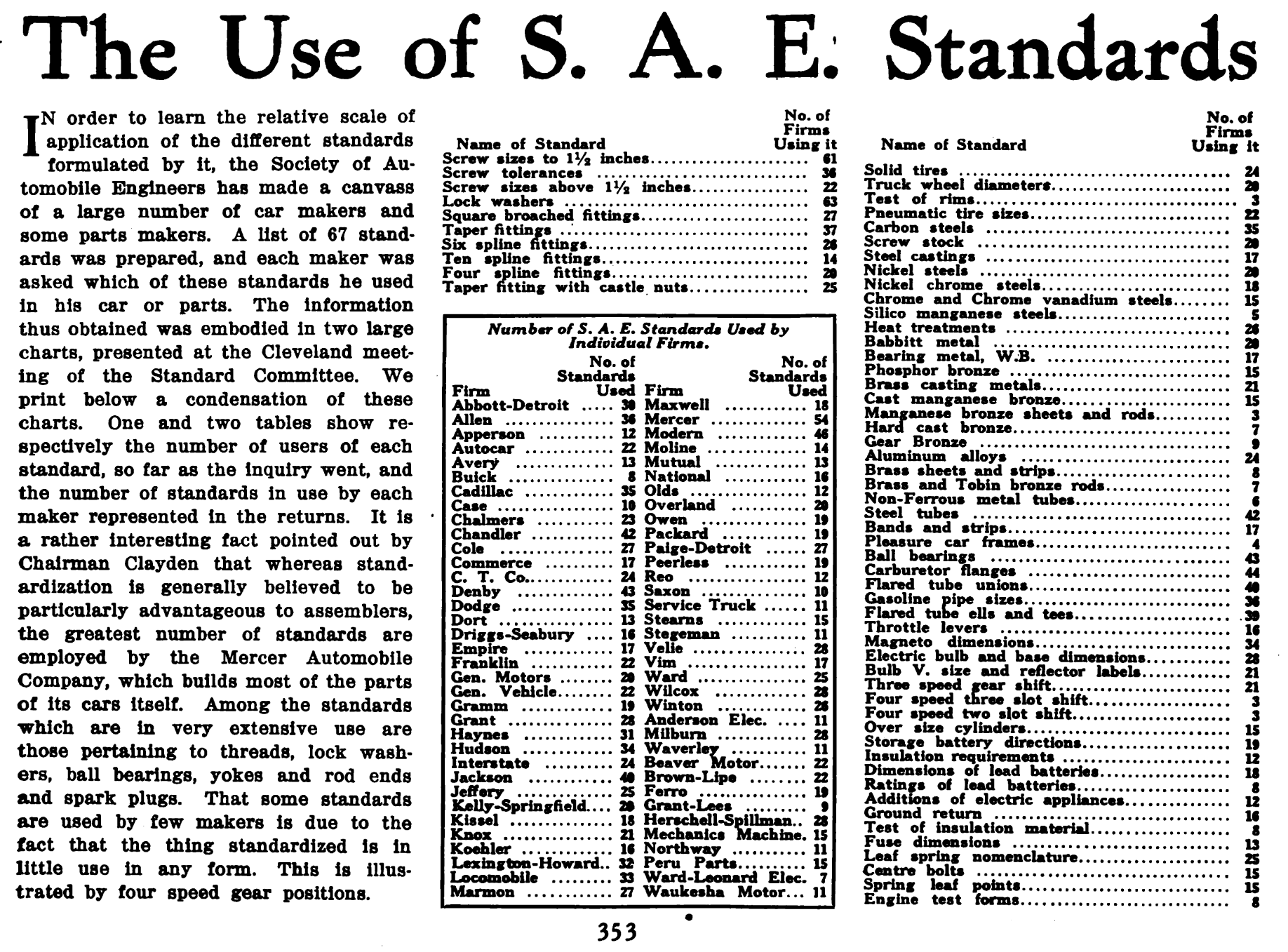|
Ford Essex V6 Engine (UK)
The Ford Essex V6 engine is a 60° V6 engine built between 1966 and 1988 by the Ford Motor Company in the United Kingdom and until 2000 in South Africa although mostly in the Ford engine plant of Dagenham, Essex, which gave the engine its name. It is closely related to the Ford Essex V4 engine produced in displacements of 1.7 L and 2.0 L. Both engines share many parts since the Essex V6 was directly derived from the Essex V4; the 2.0 L Essex V4 and the 3.0 L Essex V6 in fact have exactly the same bore and stroke and share various components. History The Essex V4 and V6 were mainly designed to replace the outdated and ageing inline-four and six-cylinder Ford Zephyr engines. It was produced in four capacities: , , , , with the 3.0-litre version being the most common and widely used. These engines were fitted to a wide range of vehicles, from Ford Transit vans to sedans, coupés like the Ford Capri and sports cars like TVRs and Marcos. The earlier versions of engine were rate ... [...More Info...] [...Related Items...] OR: [Wikipedia] [Google] [Baidu] |
Ford Motor Company
Ford Motor Company (commonly known as Ford) is an American multinational automobile manufacturer headquartered in Dearborn, Michigan, United States. It was founded by Henry Ford and incorporated on June 16, 1903. The company sells automobiles and commercial vehicles under the Ford brand, and luxury cars under its Lincoln luxury brand. Ford also owns Brazilian SUV manufacturer Troller, an 8% stake in Aston Martin of the United Kingdom and a 32% stake in China's Jiangling Motors. It also has joint ventures in China (Changan Ford), Taiwan (Ford Lio Ho), Thailand ( AutoAlliance Thailand), and Turkey ( Ford Otosan). The company is listed on the New York Stock Exchange and is controlled by the Ford family; they have minority ownership but the majority of the voting power. Ford introduced methods for large-scale manufacturing of cars and large-scale management of an industrial workforce using elaborately engineered manufacturing sequences typified by moving assembly lines; by ... [...More Info...] [...Related Items...] OR: [Wikipedia] [Google] [Baidu] |
Ford Zephyr Engine
Ford UK's Zephyr/Consul cars used a new family of engines. The Zephyr engine included both straight-4 and straight-6 OHV engines. Production began in 1951 and lasted through to 1966, when it was replaced by Ford's Essex V4 and Essex V6 engines. Consul/Zephyr 4 The straight-4 engine started in 1951 at . In this form it had a bore and stroke of . With its standard compression ratio of 6.8:1 it produced an output of at 4400 rpm. It was enlarged in 1956 to engine for the Mark II Consul by increasing both the bore and stroke to , putting the power up to . This engine continued in the Mark III car, now called Zephyr. Automobiles using the Consul engine: * Allard Palm Beach * Buckler DD2 * Ford Consul * Ford Zephyr ''4'' * Paramount Ten * Reliant Sabre Zephyr 6 The straight-6 Zephyr engine was used widely. Displacement began at when it shared the same bore and stroke as the 4-cylinder engine. It was produced with two standard compression ratios of 6.8:1 and 7.5:1 with ... [...More Info...] [...Related Items...] OR: [Wikipedia] [Google] [Baidu] |
Homologation (motorsport)
In motorsports, homologation is the type approval process through which a vehicle, a race track, or a standardised part is required to go for certification to race in a given league or series. The process of testing and certification for conformance to technical standards is usually known as type approval in English-language jurisdictions. The regulations and rules that must be met are generally set by the series's sanctioning body. The word is derived from Greek , . When a car loses the homologation form, that is, it becomes a historic vehicle, it can no longer be part of a competition and can only be used in historic competitions. Requirements In racing series that are "production-based", meaning that the vehicles entered in the series are based on production vehicles for sale to the public, homologation not only requires compliance with a racing series's technical guidelines (for example engine displacement, chassis construction, suspension design and such), but often i ... [...More Info...] [...Related Items...] OR: [Wikipedia] [Google] [Baidu] |
Rocker Cover
Rocker covers are covers that are bolted on over rocker arms in an internal combustion engine. They are called valve covers in the United States, Canada, and in situations where Rocker Arms are not present, such as some Overhead Cam, and most Dual Overhead Cam engines. and rocker boxes in the United Kingdom. On modern engines without rocker arms they are internationally known as "valve cover" but are sometimes referred to as a "cam cover" or "timing cover" if they also cover the timing gear(s) and belt or chain. V engines ( V6, V8, etc.) usually have two rocker covers, one for each bank of cylinders, while straight engines ( I4, I6, etc.) and single-cylinder engines usually have one rocker cover. Very large multi-cylinder engines, such as those used in a ship or in aviation, may have one rocker cover for each cylinder, to make removal and installation more manageable. History In early engines, these covers did not exist. As the rocker arms are critical to having the intake a ... [...More Info...] [...Related Items...] OR: [Wikipedia] [Google] [Baidu] |
Torque
In physics and mechanics, torque is the rotational equivalent of linear force. It is also referred to as the moment of force (also abbreviated to moment). It represents the capability of a force to produce change in the rotational motion of the body. The concept originated with the studies by Archimedes of the usage of levers, which is reflected in his famous quote: "''Give me a lever and a place to stand and I will move the Earth''". Just as a linear force is a push or a pull, a torque can be thought of as a twist to an object around a specific axis. Torque is defined as the product of the magnitude of the perpendicular component of the force and the distance of the line of action of a force from the point around which it is being determined. The law of conservation of energy can also be used to understand torque. The symbol for torque is typically \boldsymbol\tau, the lowercase Greek letter ''tau''. When being referred to as moment of force, it is commonly denoted by . In ... [...More Info...] [...Related Items...] OR: [Wikipedia] [Google] [Baidu] |
Bore (engine)
In a piston engine, the bore (or cylinder bore) is the diameter of each cylinder. Engine displacement is calculated based on bore, stroke length and the number of cylinders: displacement = The stroke ratio, determined by dividing the bore by the stroke, traditionally indicated whether an engine was designed for power at high engine speeds (rpm) or torque at lower engine speeds. The term "bore" can also be applied to the bore of a locomotive cylinder or steam engine pistons. Steam locomotive The term bore also applies to the cylinder of a steam locomotive or steam engine. See also * Bore pitch * Compression ratio * Engine displacement Engine displacement is the measure of the cylinder volume swept by all of the pistons of a piston engine, excluding the combustion chambers. It is commonly used as an expression of an engine's size, and by extension as a loose indicator of the ... References {{Steam engine configurations Engine technology ... [...More Info...] [...Related Items...] OR: [Wikipedia] [Google] [Baidu] |
Horsepower
Horsepower (hp) is a unit of measurement of power, or the rate at which work is done, usually in reference to the output of engines or motors. There are many different standards and types of horsepower. Two common definitions used today are the mechanical horsepower (or imperial horsepower), which is about 745.7 watts, and the metric horsepower, which is approximately 735.5 watts. The term was adopted in the late 18th century by Scottish engineer James Watt to compare the output of steam engines with the power of draft horses. It was later expanded to include the output power of other types of piston engines, as well as turbines, electric motors and other machinery. The definition of the unit varied among geographical regions. Most countries now use the SI unit watt for measurement of power. With the implementation of the EU Directive 80/181/EEC on 1 January 2010, the use of horsepower in the EU is permitted only as a supplementary unit. History The development of the stea ... [...More Info...] [...Related Items...] OR: [Wikipedia] [Google] [Baidu] |
Crankcase Ventilation System
A crankcase ventilation system removes unwanted gases from the crankcase of an internal combustion engine. The system usually consists of a tube, a one-way valve and a vacuum source (such as the inlet manifold). The unwanted gases, called "blow-by", are gases from the combustion chamber which have leaked past the piston rings. Early engines released these gases to the atmosphere simply by them leaking through the crankcase seals. The first specific crankcase ventilation system was the ''road draught tube'', which used a partial vacuum to draw the gases through a tube and release them to the atmosphere. Positive crankcase ventilation (PCV) systems— first used in the Second World War and present on most modern engines— send the crankcase gases back to the combustion chamber, in order to reduce air pollution. Two-stroke engines with a crankcase compression design do not need a crankcase ventilation system, because normal operation of the engine involves sending the crankcase g ... [...More Info...] [...Related Items...] OR: [Wikipedia] [Google] [Baidu] |
Exhaust Manifold
In automotive engineering, an exhaust manifold collects the exhaust gases from multiple cylinders into one pipe. The word ''manifold'' comes from the Old English word ''manigfeald'' (from the Anglo-Saxon ''manig'' anyand ''feald'' old and refers to the folding together of multiple inputs and outputs (in contrast, an inlet or intake manifold ''supplies'' air ''to'' the cylinders). Exhaust manifolds are generally simple cast iron or stainless steel units which collect engine exhaust gas from multiple cylinders and deliver it to the exhaust pipe. For many engines, there are aftermarket tubular exhaust manifolds known as headers in American English, as extractor manifolds in British and Australian English,''The Design and Tuning of Competition Engines'', Philip H. Smith, pp. 137–138 and simply as "tubular manifolds" in British English. These consist of individual exhaust headpipes for each cylinder, which then usually converge into one tube called a collector. Headers that do n ... [...More Info...] [...Related Items...] OR: [Wikipedia] [Google] [Baidu] |
Air Intake
An intake (also inlet) is an opening, structure or system through which a fluid is admitted to a space or machine as a consequence of a pressure differential between the outside and the inside. The pressure difference may be generated on the inside by a mechanism, or on the outside by ram pressure or hydrostatic pressure. Flow rate through the intake depends on pressure difference, fluid properties, and intake geometry. Intake refers to an opening, or area, together with its defining edge profile which has an associated entry loss, that captures pipe flow from a reservoir or storage tank. Intake refers to the capture area definition and attached ducting to an aircraft gas turbine engine or ramjet engine and, as such, an intake is followed by a compressor or combustion chamber. It may instead be referred to as a diffuser. For an automobile engine the components through which the air flows to the engine cylinders, are collectively known as an intake system and may include the inlet ... [...More Info...] [...Related Items...] OR: [Wikipedia] [Google] [Baidu] |
SAE International
SAE International, formerly named the Society of Automotive Engineers, is a United States-based, globally active professional association and standards developing organization for engineering professionals in various industries. SAE International's world headquarters is in Warrendale, Pennsylvania, 20 miles north of Pittsburgh, Pennsylvania. Principal emphasis is placed on global transport industries such as aerospace, automotive, and commercial vehicles. The organization adopted the name SAE International to reflect the broader emphasis on mobility. SAE International has over 138,000 global members. Membership is granted to individuals, rather than companies. Aside from its standardization efforts, SAE International also devotes resources to projects and programs in STEM education, professional certification, and collegiate design competitions. For historical legacy reasons, the label "SAE" is commonly used on tools and hardware in North America to indicate United States ... [...More Info...] [...Related Items...] OR: [Wikipedia] [Google] [Baidu] |
Ford Capri
The Ford Capri is a fastback coupé built by Ford of Europe, designed by Philip T. Clark, who was also involved in the design of the Ford Mustang. It used the mechanical components from the Mk2 Ford Cortina and was intended as the European equivalent of the Ford Mustang. The Capri went on to be highly successful for Ford, selling nearly 1.9 million units in its lifetime. A wide variety of engines were used in the car throughout its production lifespan, which included the ''Essex'' and ''Cologne'' V6 at the top of the range, while the ''Kent'' straight-four and ''Taunus'' V4 engines were used in lower-specification models. Although the Capri was not officially replaced, the second-generation Probe was effectively its replacement after the later car's introduction to the European market in 1994. While Ford marketed the car as "Ford Capri – The Car You Always Promised Yourself", the British magazine '' Car'' described the Capri as a "Cortina in drag". History ... [...More Info...] [...Related Items...] OR: [Wikipedia] [Google] [Baidu] |
.jpg)
.jpg)





